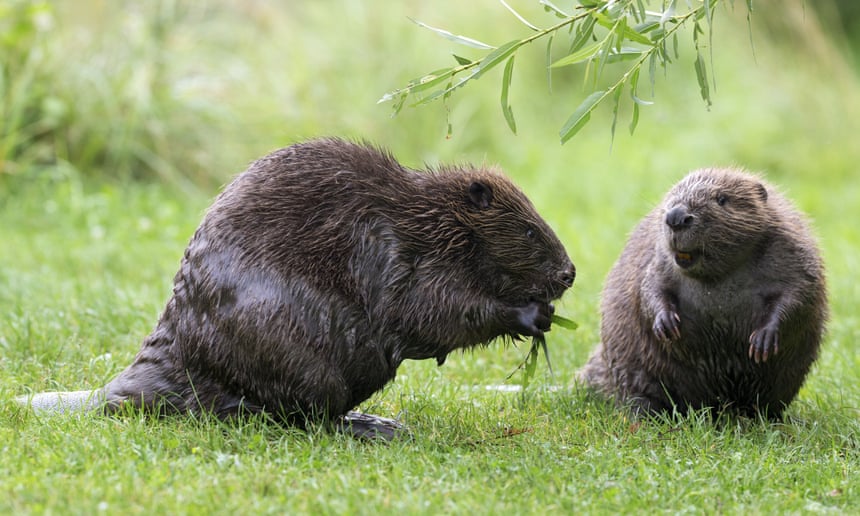One of my favorite segments of Sesame Street when I was a child wasn’t cookie monster or oscar the grouch. It was the silly attention Bert paid to pigeons, treating them as if they mattered and were worth attending to. He collected jokes and stories about them and even watched a favorite media segment called in an echoing broadcaster voice saying “Pigeons In The News!“.
I can’t imagine why that pops into my head now.
There’s local beaver business to report first. Our two little dams near Susanna Street were ripped out last week by Wednesday morning. I’m not sure by whom, but Moses left a note on my door when we got home from vacation, and when we went to look it was sure enough torn out, although not by heavy equipment. No word on what happened to our beavers but I have contacted folks to find out.
Stay Tuned!
Also I got an email from our old friend Glenn Hori who used to photograph the Martinez Beavers and spied a beaver dam in Concord near 680 and Willow Pass Rd. He couldn’t get a glimpse of actual beavers last night but that lovely dam isn’t maintaining itself.

This is right near the Willows so one images the name might have attracted them?
Meanwhile newslines are abuzz this morning with the story of valiant beavers being brought in to save English cities from flooding. I always get nervous when beaver promises are made, but we better just enjoy this while it lasts.
English town enlists beavers to prevent floods
In 2012, the center of Lydbrook, a village skirting the Forest of Dean in Gloucestershire, England, was deluged with several feet of water. The flash flooding, unleashed by torrential rainfall across the region, sparked a mandatory evacuation and left badly damaged homes and businesses in its wake.
This wasn’t the first time this bucolic burg has been devastated by rapidly rising waters. Nestled between the River Wye and one of its tributaries, the flood-prone Greathough Brook, Lydbrook and surrounding parishes in the Wye Valley have long been vulnerable to inundation. In 2015, villagers collectively breathed a sigh of relief when it was announced that a section of an aging culvert meant to tame the flow of water through the village would be replaced as part of a flood defense overhaul costing 290,000 pounds (nearly $400,000).
As the Guardian reports, a scheme to release a family of Eurasian beavers within an enclosed area at Greathough Brook has been embraced enthusiastically by villagers and, most importantly, received a governmental go-ahead despite one report that it was blocked by a minister at the Department of Environmental, Food and Rural Affairs.
The idea is that once released, the clan of industrious semiaquatic rodents will get to work doing what they do best: constructing an intricate network of dams, ponds and canals that, in this instance, will slow the flow of Greathough Brook and prevent upwards of 6,000 cubic meters (1.6 million gallons) of water from rushing into the valley-bound village below.
While a qualified team of engineers that don’t have webbed hind feet could be brought in to dam the stream, the beaver is, well, cheaper and can get the job done in a swifter and less intrusive manner.
What’s more, there’s the chance that the beavers’ presence could be a boon for eco-tourism in the region as the animals, hunted into extinction across Britain and now being strategically released back into the wild, are still a relatively rare sight. A village that’s reintroduced beavers and put them to work to help prevent catastrophic flooding certainly could draw wildlife lovers to this sleepy northwestern section of the Forest of Dean.
Here’s a nice look at the Devon beavers from back in 2012. I shared this 5 years ago but it’s worth watching again.




 Beavers could be put to work building dams to stop a village from flooding in the
Beavers could be put to work building dams to stop a village from flooding in the  National beaver expert Derek Gow will be in Cheshire to give a talk on the how the animal’s re-introduction could impact the countryside. Cheshire Wildlife Trust is hosting the one-off talk at its headquarters at Bickley Hall Farm, between Malpas and Nantwich.
National beaver expert Derek Gow will be in Cheshire to give a talk on the how the animal’s re-introduction could impact the countryside. Cheshire Wildlife Trust is hosting the one-off talk at its headquarters at Bickley Hall Farm, between Malpas and Nantwich.




 BLM
BLM




































